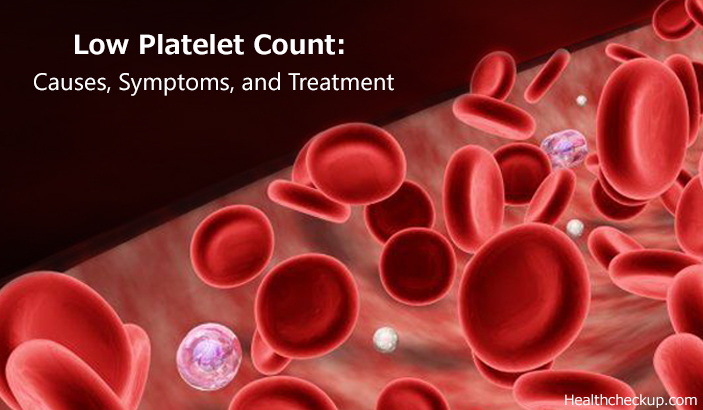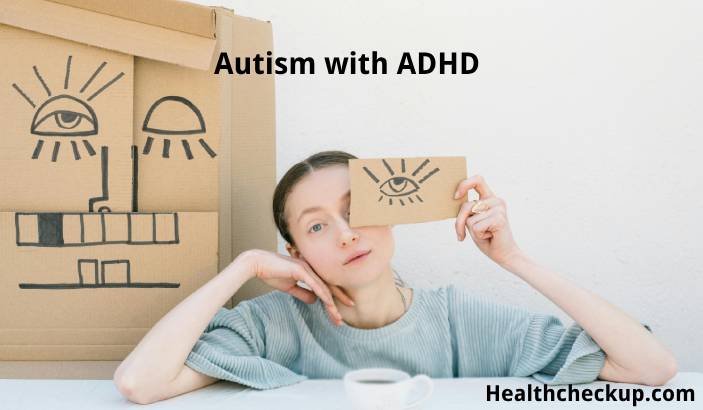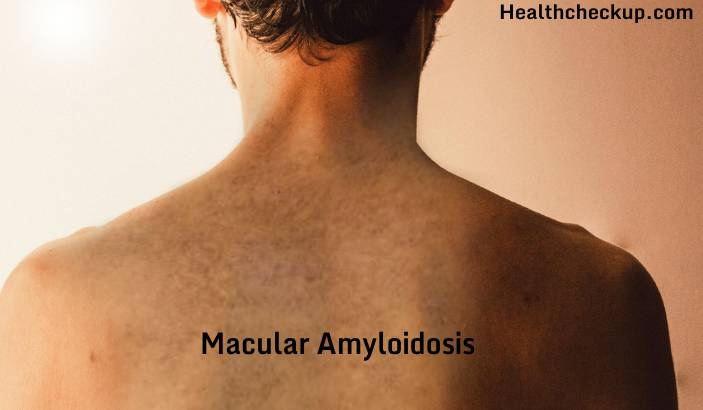Low platelet count which is also known as thrombocytopenia is defined as not having enough platelets, which are cells in the blood that stick together to aid in clotting. There will be no health issues due to this normally. But if in case there are any symptoms of bleeding too much, then treatment should be taken.
What are the Causes of Low Platelet Count?
Bone marrow which is the spongy tissue inside human bone makes the platelets. You can have low platelet count if the body does not make sufficient of them, or if they are more quickly destroyed than they can be made.
Your Body may not make Sufficient Platelets If you have:
- Cancers like lymphoma or leukemia that damages the bone marrow
- Blood disorder which affects bone marrow, named as aplastic anemia
- Viruses such as mumps, chickenpox, rubella, Epstein-Barr or HIV
- Chemotherapy or radiation therapy for cancer destroys stem cells which form platelets. If the individual has been in contact with chemicals like arsenic or pesticides, then the body might slow down the platelets making process.
- Family history of platelet-lowering disease such as May-Hegglin syndrome or Wiskott-Aldrich
Your Platelets can be Impaired by:
- Autoimmune diseases like idiopathic thrombocytopenic purpura (ITP), or lupus, here our own body attacks the healthy cells
- Medicines, like antibiotics which contain heparin, sulfa, that are used to prevent blood clots, and antiseizure drugs likevancomycin (Vancocin) and phenytoin (Dilantin).
- Rare diseases which make blood clots form in the body, are disseminated intravascular coagulation (DIC) and thrombotic thrombocytopenic purpura (TTP)
- Viruses such as cytomegalovirus or mononucleosis
- At times, one might not have sufficient platelets as they get trapped in the spleen, an organ which fights infection. Low platelet count is experienced during pregnancy in women as their bodies get rid of platelets more swiftly than usual.
What are the Symptoms of Low Platelet Count?
Generally, low platelet count does not show any symptoms. The only main symptom when it shows is bleeding.
An individual can bleed inside or outside the body. At times it can be very much heavy or difficult to stop. Some people get bleeding gums or nosebleeds.
You might also have:
- Headaches
- Heavy menstrual periods
- Red or purple bruises, named purpura
- Blood in your bowel movement or urine
- Tiny purple or red spots on your skin, named petechiae
When there is very low platelet count, then only the symptoms tends to show up. If you notice any of the above symptoms then call your doctor.
How to Diagnose Low Platelet Count?
Your physician will question you about your symptoms and medical history. You will also get a test to look for spots of blood, bruises, and other signs of low platelets. An individual will be checked for any signs of infection, such as rash or a fever.
The person may have to take a blood test which measures the number of platelets. Normal range of platelet counts are 150,000 to 450,000 platelets per microliter of blood. If the count drops below 55,000 then the person can experience bleeding problems.
Other Tests can also be Ordered as Below:
- Blood smear test to check the platelets under a microscope and look how healthy they are
- Bone marrow test to find the number of blood cells in it, and if they are normal
- The physician may want you to take other tests which is used to check the blood clots.
What is the Treatment for Low Platelet Count?
Generally no treatment is required if the platelet counts are not too low. Even if there is injury or cut then there will be no much bleeding.
At times, the individual’s platelet count will rise to normal when the underlying cause has been treated. For example, if taking a specific medicine is behind your low platelet count then your doctor may change you to another drug.
For Severe Low Platelet Count, You might get:
- Surgery to remove the spleen
- Transfusion of blood or platelets from a healthy person
- Steroid medicines to stop the body from destroying own platelets
To Prevent Bleeding when Experiencing Low Platelet Count:
- Blood thinners like ibuprofen and aspirin should be avoided.
- Alcohol intake should be limited as it can cause more bleeding.
- Avoid contact sports, such as boxing or football, where one may get hurt or injured causing bleeding.
- Soft toothbrush use to prevent bleeding gums.
- Wear a seatbelt in the car
- Put on goggles and gloves when working with power tools to avoid injury.
Medically Reviewed By

I am an experienced Medical/Scientific writer with a passion for helping people live a happy healthy life. My thirst for writing has followed me throughout the years – it is there when I wake up, lingering at the edges of my consciousness during the day, and teases me at night as I go to sleep.









